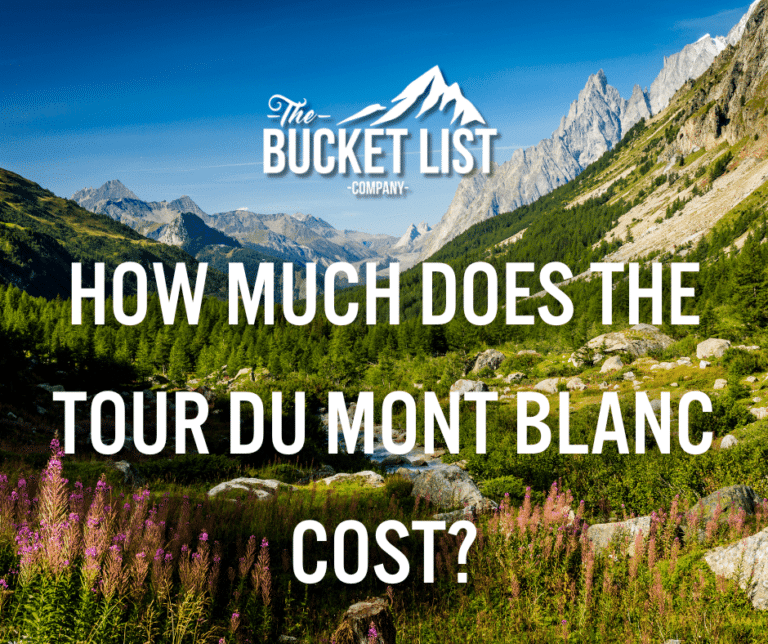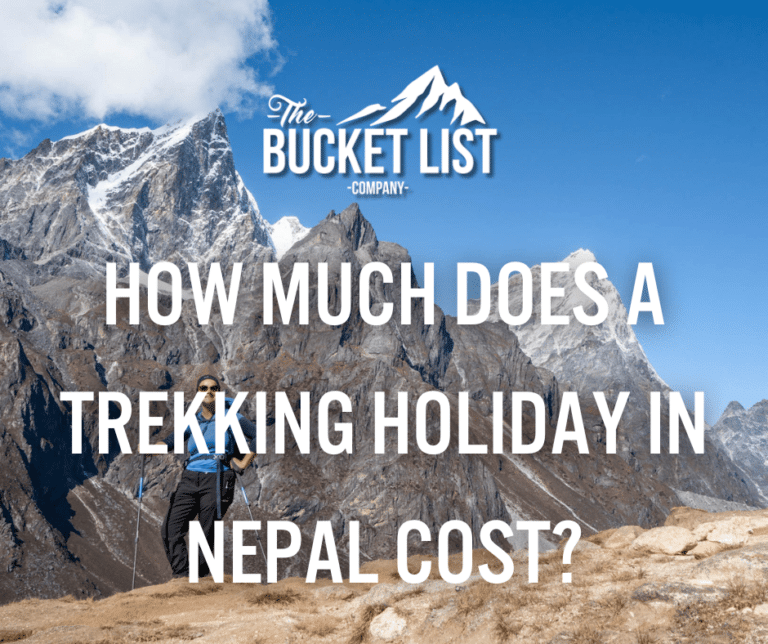Choosing your trek to Machu Picchu: Salkantay, Lares or the Inca Trail?
Machu Picchu. Often near the top of any seasoned travellers “where next?” list, it’s hard to beat – and for good reason.
At nearly two and a half thousand meters above sea level, the majestic and mysterious Andes peaks that envelop the Inca Ruins really do take your breath away. And the ancient architecture of the citadel itself? Magical.
Which route should you trek to Machu Picchu?
If you’ve been considering taking a trip to Machu Picchu then you probably already know there’s more than one way to get to it.
The most famous route follows the footsteps that the Incas once trod, on the royal road system that connected the ancient empire hundreds of years ago – and it’s probably the one you’ve seen plenty of pictures of on Facebook too.
But how much do you know about the alternative Salkantay and Lares treks?
These quieter trails treat travellers to incredible peak views and a different sort of hiking challenge – and all the kudos that goes along with getting off the beaten track. But there’s no getting away from the fact that they’re not the iconic Inca trail…
Maybe that matters to you, maybe it doesn’t, but – however you feel – chances are that one of these routes is absolutely perfect for you.
So which one would satisfy your wanderlust and get you to Machu Picchu in the way that suits you best? We’ll ask the questions – you work out your answers!
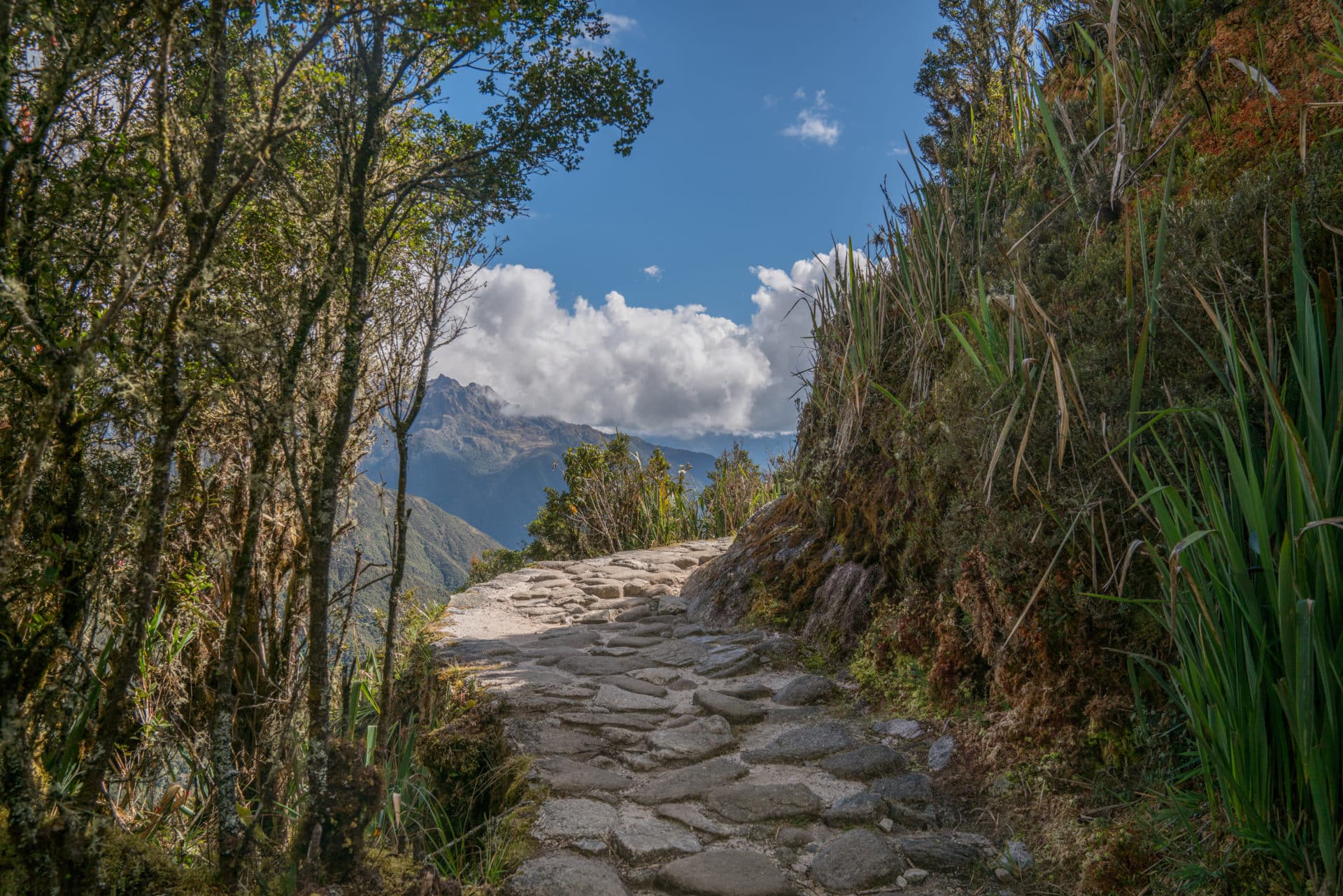
How far and hard are you prepared to trek?
To be frank, none of these routes is for the fainthearted. The Inca Trail and the Salkantay and Lares treks will each challenge you, so you’ll want to make sure you’re ready for quite the walk.
The Inca Trail is suited to people who are physically fit enough to take a fair old hike each day, coming in at 26 miles which you’ll complete over 4 days. Considered a moderate trek, the more popular trail will allow you to walk in the shoes of the Incas and reaches as high as 13,828 feet.
Lares is more easygoing, at just 22 miles long, and more like a moderate hike. It’s not particularly technical, though it goes higher than the Inca trail, reaching just under 15,000 feet. As long as you’re used to walking, careful about altitude sickness and you’ve got yourself a handy walking pole, you’ll be just fine.
But if you’re rather proud of your impressive set of calves and think you can handle something harder, the Salkantay trek is likely to be further up your street.
It’s longer, colder and steeper, reaching as high as 15,000 feet in altitude. Perfect for more experienced hikers, the Salkantay trek totals 46 miles off the beaten track, completed over 5 days. It offers you more solitude, more wildlife and more mountains too.
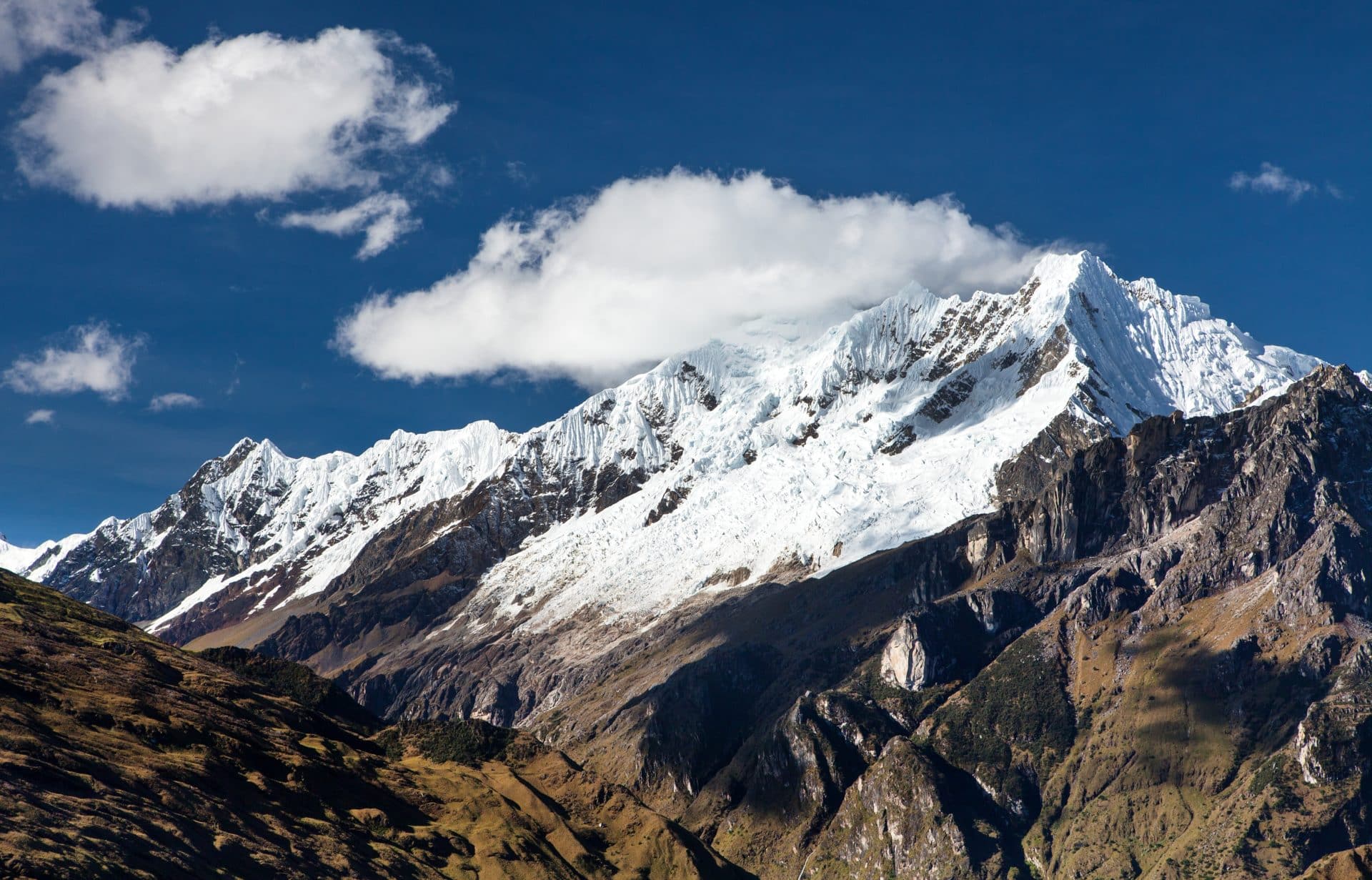
Are you prepared to rough it? (Ok, you won’t actually have to rough it rough it…)
Whichever route you take, you’ll have the luxury of llamas, pack mules and/or horses who’ll kindly carry your stuff along the trail for you. But what about your accommodation?
There’s no escaping it – you’re going to be camping.
With an average of just 50 travellers per day, the Salkantay trek offers pretty basic accommodation with its cheapest option, and Lares is even more so.
On the Lares route, the camping’s less heavily regulated, so there can be fewer facilities at each camp (though you’ll always have access to some form of loo and a shower block!).
As you’d expect of a more popular route, the Inca Trail is better set up for tourists. Your comfy camp will be put up for you each night and will include decent loos and showers.
There are also more luxury options on all three routes, at an added expense of course. Glamping is possible on the Inca Trail! Who knew? And lodges with actual beds can be found on the Salkantay Trek too.
But our motto? Bring your own sleeping bag and mat and you’ll be perfectly comfy. A 4-season bag ought to do it.
Do you prefer history or nature?
If you’re looking for unforgettable scenery (and, let’s face it, you are), all three routes have lots to offer.
On the one hand, the Inca Trail passes lots of other ancient Inca sites on its way to the masterpiece that is Machu Picchu.
But if the prospect of viewing the arguably inferior sites doesn’t quite tickle your pickle and you think Machu Picchu will satisfy your historical architecture itch on its own, then choose the Salkantay Trek. For what it lacks in ruins it certainly makes up for in views.
Now on the Lares trek, you’ve got a whole different kettle of fish.
Since it’s less popular, you get much more of a sense of solitude and being at one with nature, in a way that you just can’t on the Inca Trail. Again, there are fewer ruins on the trek, but you will see plenty of Andean people as the route passes through traditional farms and villages.
In our mind, the quieter trails are more ideal for adventurers who are keen for some quiet or who’re partial to a bit of wildlife, as you’ve got more chance of spotting some Andes classics there; deer, chinchillas, even bears!
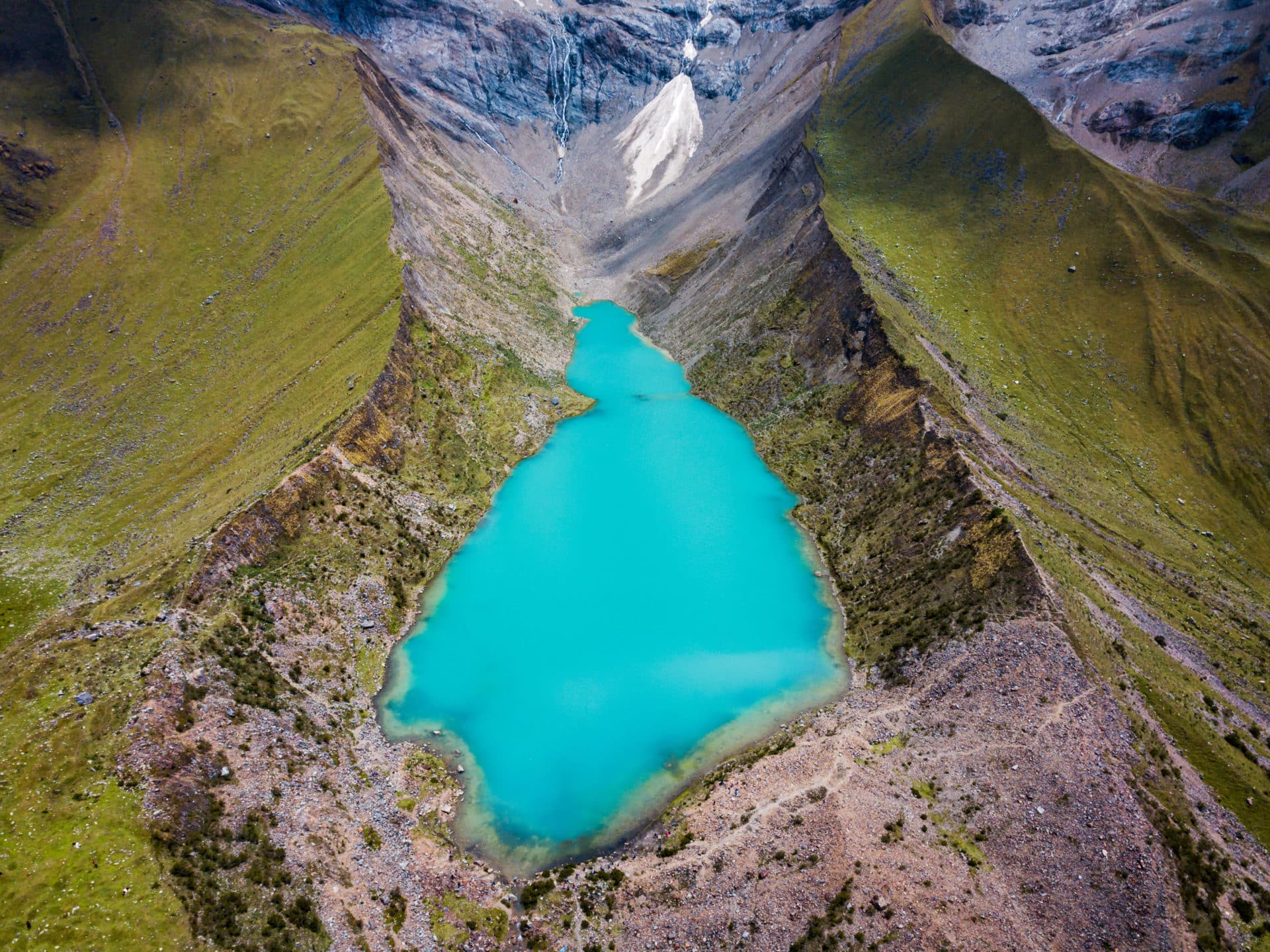
How much time do you have and how deep are your pockets?
Because of the strict limit of 200 tourists allowed onto the Inca Trail each day, you need to allow plenty of time to book your trip.
Tourist passes get released in the middle of December each year, which makes that the best time to book. Over on the Salkantay trek there are no limitations on numbers so it’s far easier to book your trip. You don’t need any form of permit on the Lares trek either, which is another major drawcard.
Wondering which route is going to cost you most? It’s the Inca Trail, hands down. But when you bear in mind that the facilities are so much better than those on the Salkantay and Lares treks, you’ll probably agree that’s fair enough.
So which route should you choose? The iconic Inca Trail, the more serious Salkantay trek, or lovely Lares?
If hiking’s your thing or you don’t have a huge budget, the Salkantay Trek is probably the right way for you to get to Machu Picchu. Less popular, more peaceful and just as stunning as its sister routes, it definitely deserves a spot on any hiker’s Bucket List.
Salkantay will both challenge and reward you greatly in scenery and the feel-good factor. You’ll get more time to think with fewer people on the trail, although you’ll see fewer ruins on your way to Machu Picchu.
Meanwhile, the Inca Trail will take you on a journey like no other as you see lots of otherwise unreachable ruins on your way to the grand finale, and do as the Incas did.
Being so iconic, the route’s likely to be more congested, but if you like meeting new people, maybe that’s a good thing anyway. It’s the most popular trek and for good reason; jaw-dropping scenery, lush cloud forest, stunning waterfalls and ancient ruins to boot.
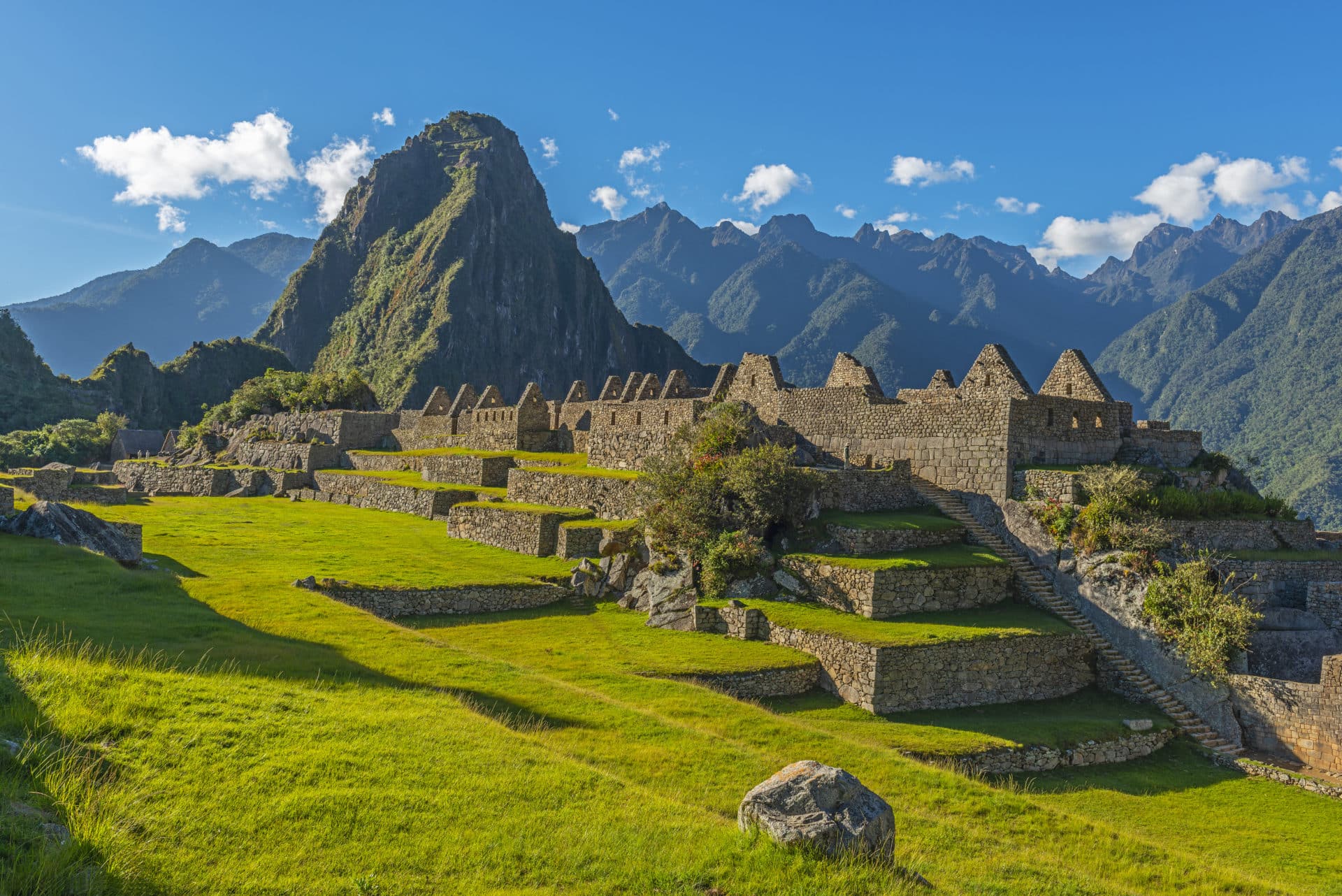
And last but not least, don’t forget Lares, a sort of combination of the two.
If you like the sound of avoiding crowds, seeing a decent number of ruins AND you’re not fussed about working your body too hard, this is the one for you. Soaring views across azure lagoons, peaks and valleys, plenty of time for you and – of course – the great Machu Picchu at the end of just four days’ trekking. It’s certainly no runner-up.
Or you could just do as we do – all three, again and again and again. None of it ever gets old!
Oh, and if money is no real concern and you’re not particularly bothered by the hiking, you could always plump for the most expensive option on the Inca Trail: just one day of walking followed by a luxury hotel stay and a day at Machu Picchu. But where’s the fun in that?!
If you’d like to find out more about each of our treks to Machu Picchu, check out our upcoming treks in Peru, or give us a call on 01769 309007 and we’ll help you make the right decision.

 Basket
Basket


